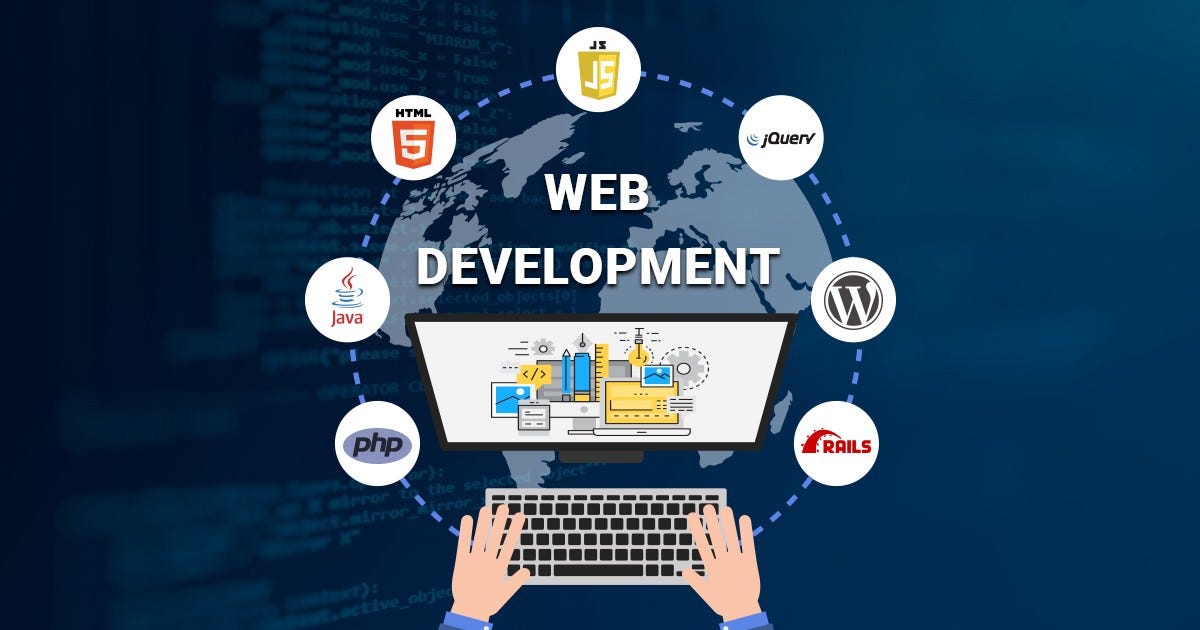Unveiling the Art and Science of Website Development
Unveiling the Art and Science of Website Development
Blog Article
Today, in the digital age and the internet, websites form an essential element of any company's web presence. It's an online storefront which welcomes and enthuses people from all over the globe. Behind each sleek and efficient web page is a sophisticated process known as development of websites. This blend of science and arts encompasses an array of fields, from coding and design to the user experience as well as content creation. In this article, we explore the realm of web development by exploring the components involved, its significance and the evolution.
The development process for a website starts with careful plan and strategy. Understanding the purpose of the website, target audience, and desired functionalities is vital in setting a solid base. This initial phase sets an overall direction for the design process and guides decisions on design aesthetics as well as navigation structures and content organization. Through aligning these aspects with overarching goals, developers can ensure that the finished product resonates with its intended users.
User experiences (UX) is a crucial element of web development that directly affects the satisfaction of visitors and their engagement. UX design involves the creation of intuitive interfaces and optimizing usability in order to help users effectively achieve their objectives. This encompasses all aspects of responsive design, from responsive layout for smartphones, as well as intuitive menus of navigation, as well as clear call to action. Through prioritizing the user experience websites can improve the user experience, decrease bounce rates and eventually boost conversions.
In today's dynamic digital landscape Website Development have to be more than just static pages; they need be dynamic and adaptable to evolving trends and requirements. Content management software (CMS) such as WordPress, Drupal, and Joomla empower website owners to handle and manage their site's information with ease without requiring technical expertise. These platforms offer a range of plug-ins and templates that can be customized to allow for greater the flexibility to scale and adapt as companies develop and grow. In addition, adding elements like e-commerce along with multimedia content as well as social media integration can further enhance the website's capabilities and the user experience. To obtain new details please look at Iabcd
The development process continues, rigorous testing is conducted to find and fix the bugs and issues. The quality control (QA) tests involve checking for compatibility across different platforms and devices, as well as evaluating speeds of load time, and testing functions. User testing may also be employed to gather information from users who have actually used the site which allows developers to improve the site further, and improve the user experience. Testing and refinement over time is crucial to make sure that you are able to create a product that meets high standards of quality and usability.
Accessibility is a second element of web development that can be overlooked, yet is critical to ensure that the site's content is inclusive. Websites must be designed and developed using accessibility as a primary consideration and ensure that all users such as disabled people, can access and interact with the content effectively. This involves adhering to web accessibility standards like the Web Content Accessibility Guidelines (WCAG) and the WCAG, which provide the best practices to create accessible digital experiences. With the help of accessibility principles that website designers can connect with larger audiences and prove the importance of the diversity and inclusion.